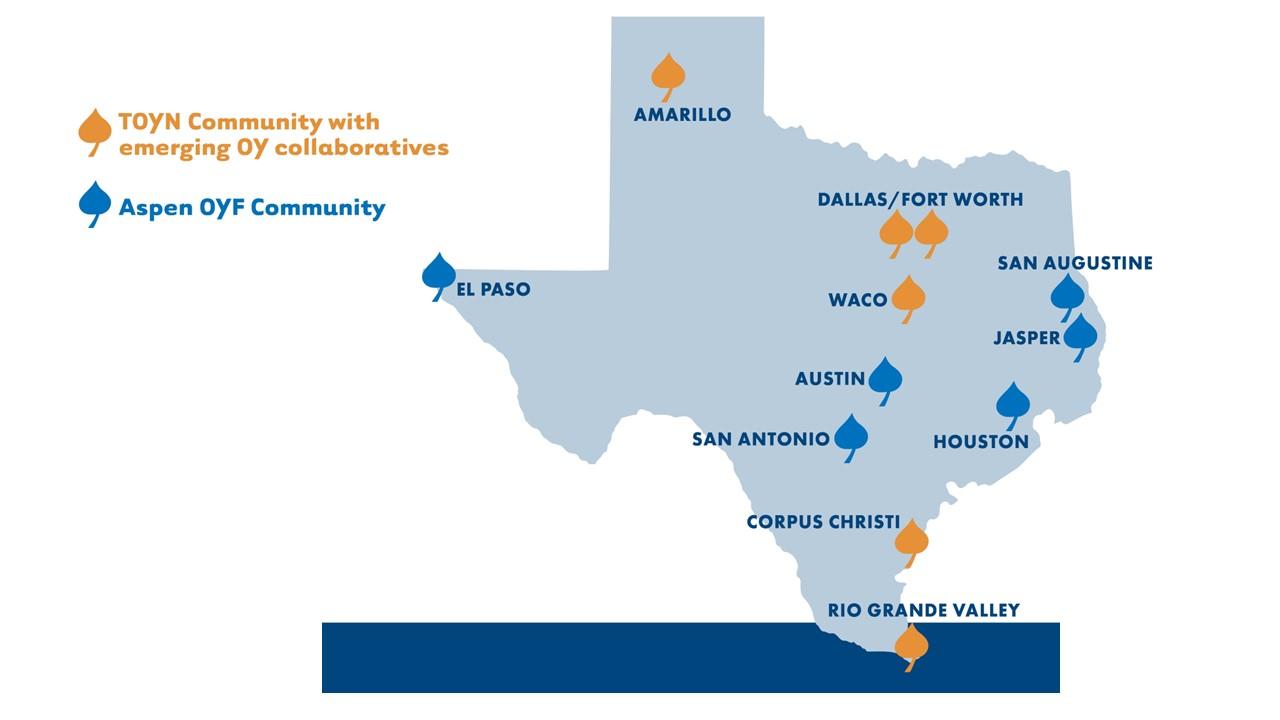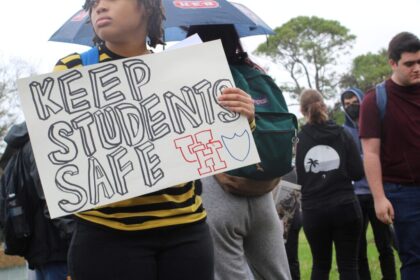Texas: The Rising Hub of Opportunity Amidst Challenges
Texas: A Thriving Landscape for Business and Innovation
As California faces escalating living expenses and complex regulatory frameworks, Texas has swiftly become a preferred destination for companies, innovators, and individuals seeking renewed prospects. With a flourishing economy, favorable business climate, and a growing employment sector, TexasŌĆöespecially metropolitan areas like Houston, Austin, and DallasŌĆöhas emerged as a dynamic center for growth and innovation. This transformation is driven by several pivotal elements:
- Tax advantages: Texas imposes no state income tax and offers attractive incentives for corporations.
- Infrastructure enhancements: Significant investments in transportation systems and broadband expansion support business operations.
- Talent availability: An increasing number of STEM graduates and relocating professionals enrich the workforce.
Despite these strengths, Texas faces hurdles such as rising housing expenses, infrastructure strain, and environmental sustainability concerns that could impact its growth trajectory. The following table contrasts key business environment metrics between Texas and California as of 2024:
| Metric | Texas | California |
|---|---|---|
| State Income Tax | None | Up to 13.3% (highest nationwide) |
| Cost of Living Index | 97 (slightly below national average) | 155 (significantly above average) |
| Tech Startup Growth (2024) | +32% | +17% |
| Average Commute Duration | 29 minutes | 35 minutes |
Managing Expansion: Infrastructure and Environmental Sustainability
The rapid influx of residents and businesses in Texas has intensified demands on urban infrastructure and natural resources. Cities like Houston and Dallas are experiencing significant urban sprawl, leading to increased traffic congestion and pressure on public utilities. For example, HoustonŌĆÖs freeway network, already challenged by heavy traffic, faces daily surges that affect both economic productivity and air quality. Additionally, water scarcity has become a pressing issue, with drought conditions prompting the need for innovative water conservation and recycling initiatives.
Environmental stewardship is becoming a cornerstone of TexasŌĆÖs development strategy. Balancing economic growth with ecological preservation involves addressing:
- Protection of ecosystems: Safeguarding wildlife habitats amid expanding construction.
- Urban heat mitigation: Incorporating green infrastructure to reduce temperature spikes.
- Carbon emission reduction: Transitioning transportation and energy sectors toward cleaner alternatives.
| Issue | Consequences | Ongoing Solutions |
|---|---|---|
| Traffic Overload | Longer commutes, increased pollution | Expansion of light rail systems, dedicated carpool lanes |
| Water Shortages | Threats to residential and agricultural water supply | Advanced water recycling programs, new reservoir construction |
| Greenhouse Gas Emissions | Accelerated climate change effects | Incentives for renewable energy, electric vehicle infrastructure development |
Attracting Skilled Professionals While Ensuring Affordable Living
TexasŌĆÖs appeal to a growing workforce is undeniable, yet the surge in population has intensified housing demand, pushing prices upward and threatening affordability. This trend risks undermining the very quality of life that draws talent to the state. To counteract these pressures, local authorities and developers are collaborating on initiatives such as zoning reforms and incentives for mixed-income housing developments.
Effective strategies to maintain a balanced growth include:
- Enhancing public transportation: Improving connectivity and reducing commute times.
- Promoting affordable housing: Leveraging tax incentives and public-private partnerships to increase supply.
- Improving community amenities: Expanding parks, cultural venues, and public services to enrich residentsŌĆÖ lives.
By prioritizing sustainable urban development, Texas aims to continue attracting top talent without compromising livability.
Essential Policy Reforms to Preserve TexasŌĆÖs Competitive Edge
To uphold its reputation as a land of opportunity, Texas must implement targeted policy reforms addressing infrastructure, housing, education, and energy. The stateŌĆÖs rapid growth necessitates urgent upgrades to transportation networks and affordable housing stock to prevent congestion and cost-of-living spikes. Furthermore, aligning educational programs with the demands of emerging sectors like clean energy, advanced manufacturing, and technology is critical for workforce readiness.
Priority policy actions include:
- Expanding and modernizing public transit systems in major urban areas.
- Increasing support for affordable housing projects to maintain socioeconomic diversity.
- Investing in STEM education and vocational training to close skills gaps.
- Advancing clean energy policies to ensure sustainable growth.
| Policy Focus | Current Issues | Recommended Measures |
|---|---|---|
| Infrastructure | Overburdened transit and utilities | Expand transit options, upgrade infrastructure |
| Housing | Escalating prices, limited affordable units | Encourage affordable housing development |
| Education | Mismatch between skills and job market | Enhance STEM and vocational education programs |
| Energy | Environmental impact concerns | Promote renewable energy and sustainability initiatives |
Looking Ahead: Sustaining TexasŌĆÖs Promise
TexasŌĆÖs ascent as a magnet for businesses, families, and investors cements its role as a burgeoning economic powerhouse. However, the stateŌĆÖs ability to sustain this momentum depends on effectively managing growth-related challenges, including infrastructure demands, environmental stewardship, and social equity. The next decade will be pivotal in determining whether Texas can uphold its vision as the nationŌĆÖs premier land of opportunity, balancing expansion with responsible governance and innovation.
ŌĆö-
Author : Charlotte Adams
Publish date : 2025-10-04 23:13:00
Copyright for syndicated content belongs to the linked Source.
ŌĆö-
1 ŌĆō 2 ŌĆō 3 ŌĆō 4 ŌĆō 5 ŌĆō 6 ŌĆō 7 ŌĆō 8













